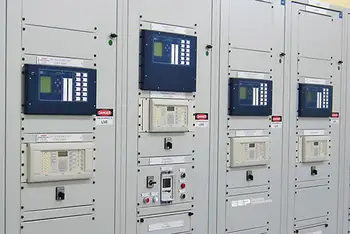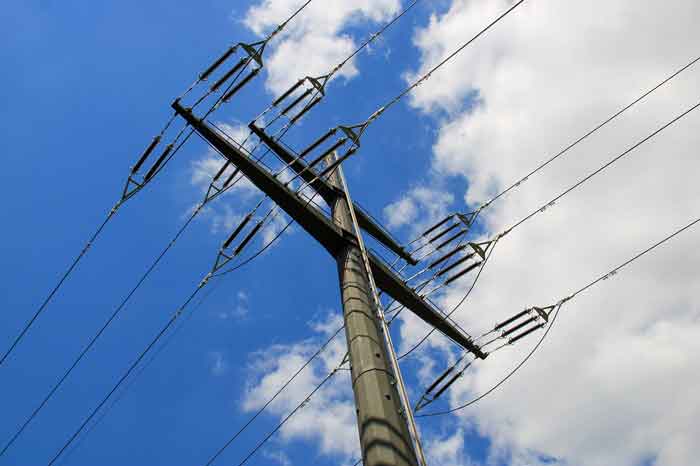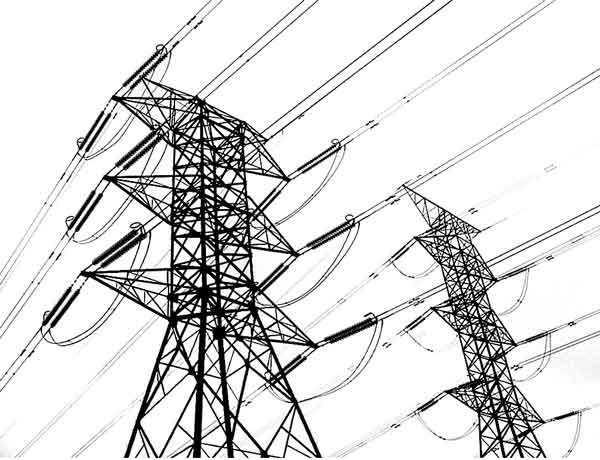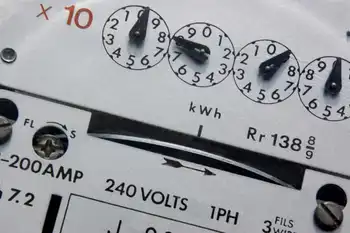ZENN and the art of driving
By Toronto Sun
Protective Relay Training - Basic
Our customized live online or in‑person group training can be delivered to your staff at your location.

- Live Online
- 12 hours Instructor-led
- Group Training Available
Some ogle us lasciviously, while others cast us looks of admiration. A few stop and chat us up, checking out our body and the junk in our trunk.
"It's pretty big," says one onlooker who leans into the rear for a better look.
Indeed, we're pretty electrifying.
I'm behind the wheel of a ZENN (Zero Emission No Noise) car, a Canadian-made electric vehicle that spares the atmosphere up to six tonnes of carbon dioxide emissions a year.
The car company made its Canadian debut in Saint-Jerome, Que., where the cars are manufactured. Hundreds of Quebecers will now be able to test-drive the low speed vehicle, which is powered entirely by electricity, during a three-year pilot project approved by the province's ministry of transportation.
The specs are impressive. It costs about 2 cents per km to drive, or between $1.20 and $1.60 a day if you drive the car's full range of 50 to 80 km. That adds up to about $240 a year in electricity costs, compared to an average of $1,368 for gas in the U.S.
ZENNs are recharged by plugging the cord into any standard electric outlet for about eight hours, or overnight, and its efficiency is about 10 times higher than an internal combustion engine.
The Canadian launch is a homecoming that's been a long time in the making. While the ZENN is legal in at least 40 of 50 U.S. states, the electric car maker, headquartered in Toronto, has hit road bumps from prohibitive legislation, and backward skepticism, in Canada.
While ZENNs are street legal in B.C., they're only allowed on roads with a posted speed limit of 40 km/h. The e-car meanwhile, tops out at 40 km/ h. So until enough municipalities allowing ZENNs to travel on 50 km/h public roads, CEO Ian Clifford says it's not feasible for the company to establish operations in B.C.
Ontario, meanwhile, is studying the safety of low speed vehicles, despite the fact that the cars have already met Transport Canada's safety requirements, Clifford said.
"It has been frustrating," Clifford said. "But there's been an amazing level of grassroots support for the ZENN cars. It's been heartening and inspiring to us that there's been this much support."
The two-seater is meant for local, urban driving — picking up groceries, commuting to work, renting a movie or dropping off the dry cleaning, he said. In the U.S., where 350 ZENNs are already on state roads, many drivers buy the car for their teenagers, who are then forced to drive on slower roads, or make it a third or fourth addition to their fleet.
"The assumption was it would remain the fourth vehicle in the family. But in many cases, it became the primary vehicle."
The drive itself is a relatively smooth one. Regenerative braking requires more of a heavy foot, and there's no power steering, but the torque is good and the car moves with ease.
I've been taken to what ZENN public relations officer Catherine Scrimgeour jokes is the company's official ZENN motor track: A nondescript office stripmall. I've been sworn to secrecy on its location. The office is unmarked and houses trade secrets and engineers who are working on the next 2009 model: A family, midsize car with top speeds of up to 130 km/h and a single-charge range of 325 to 650 km.
There's an unfamiliar void when I turn on the ignition: Silence. The hum of a running engine is missing. The only audible cue that I'm moving is the sound of my wheels turning.
In the U.S., insurance rates are also lower — between $300 and $400 a year — since low speed vehicles aren't exposed to high speed collisions.
There are limitations to the car, Clifford acknowledges. In order to be mass marketed, the car must be able to meet the general demands of family life, with more storage space and more power.
The batteries used now are also heavy and expensive. Clifford's hoping that new battery technology, developed by Texas company ESStor will help bring the car to the masses.
The Electrical Energy Storage Unit, or ESSU is described as an ultra-capacitor storage device that acts like a "super" battery.
"Electricity isn't a finite source," Clifford said. "We still need better sustainability, renewable energy. But we'll get there."
In the meantime, Quebec, where electricity is mostly hydro-powered, is perhaps one of the greatest energy markets in Canada for the e-car, Clifford points out.
The cars retail for $16,900 in Quebec.











